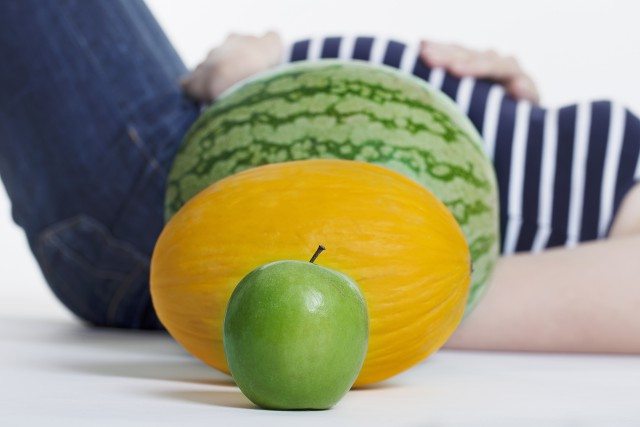A study of more than 300 women suggests that exposure to certain phthalates — substances commonly used in food packaging, personal-care and other everyday products — could be associated with miscarriage, mostly between five and 13 weeks of pregnancy.
The research by the Peking University, appearing in the American Chemical Society’s journal Environmental Science & Technology, is the first epidemiological study on non-work-related exposure to phthalates to provide evidence for the possible link among a general population.
Out of concern over the potential health effects of phthalates, the US has banned six of these substances from use in certain products made for young children.
However, many are still included as ingredients in paints, medical tubes, vinyl flooring, soaps, shampoos and other items. Research on phthalates has shown that long-term exposure to low levels of the some of these compounds harms lab animals’ health and can increase their risk for pregnancy loss.
Additionally, at least one study found that female factory workers exposed to high levels of phthalates through their work were at a higher risk for miscarriage.
However, there is little epidemiological evidence of phthalates’ effects on pregnancy among women with non-occupational exposure. Jianying Hu, Huan Shen and colleagues wanted to find out if there might be a link.
The researchers tested urine samples from 132 women who had miscarriages and 172 healthy pregnant women in China.
They found pregnancy loss was associated with higher levels of urinary phthalate metabolites from diethyl phthalate, di-isobutyl phthalate and di-n-butyl phthalate.
Although this does not prove that phthalates cause pregnancy loss, the study suggests an association exists that the researchers say should be studied further.
The authors acknowledge funding from the National Natural Science Foundation of China and the Beijing National Science Foundation.










